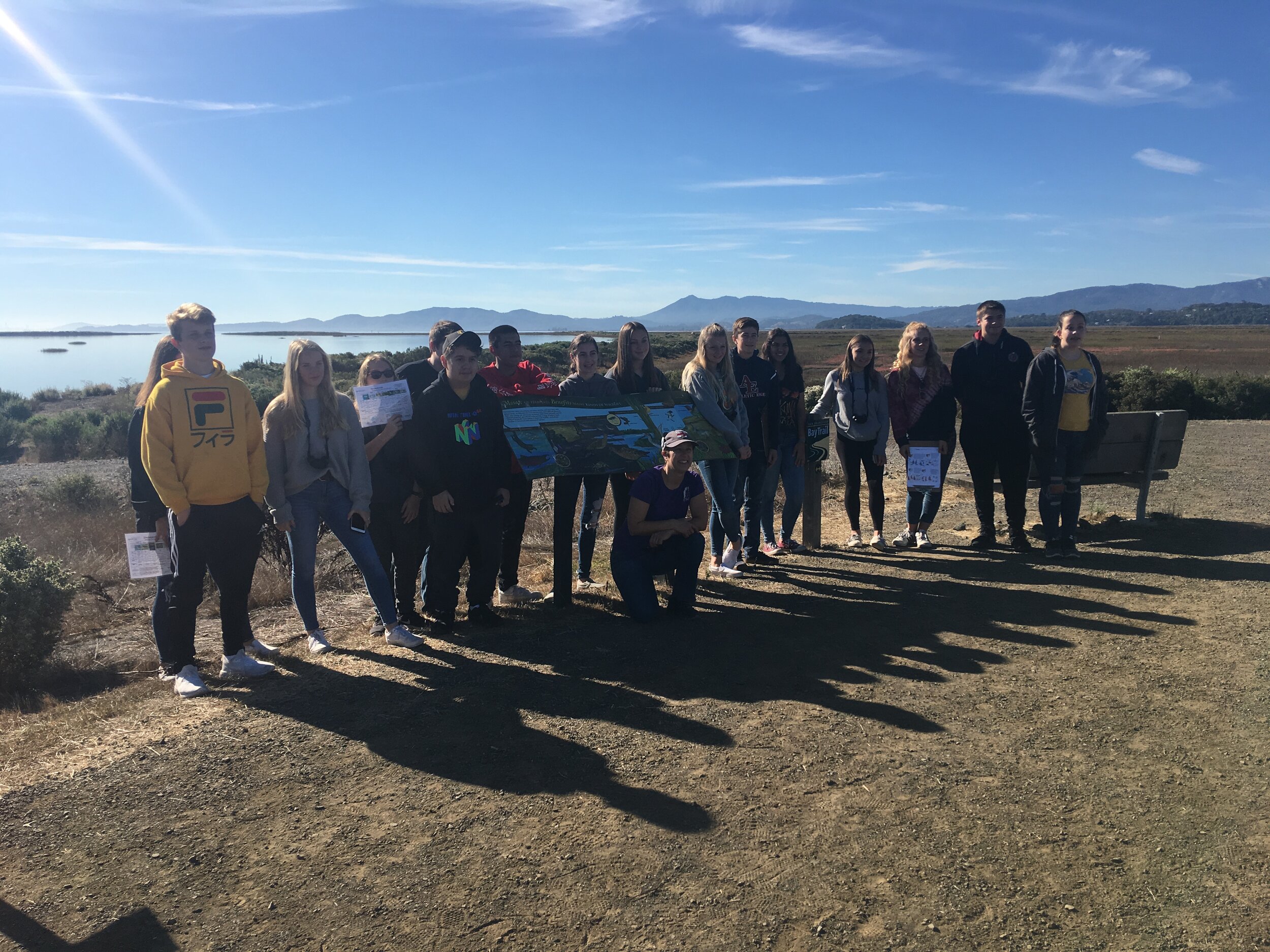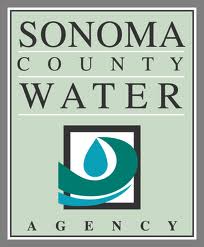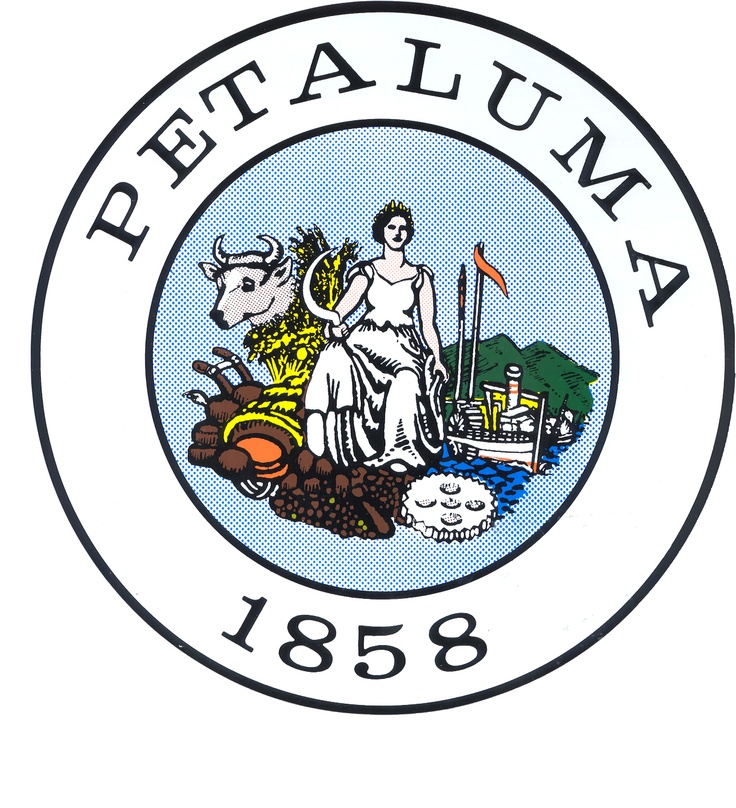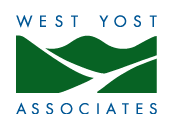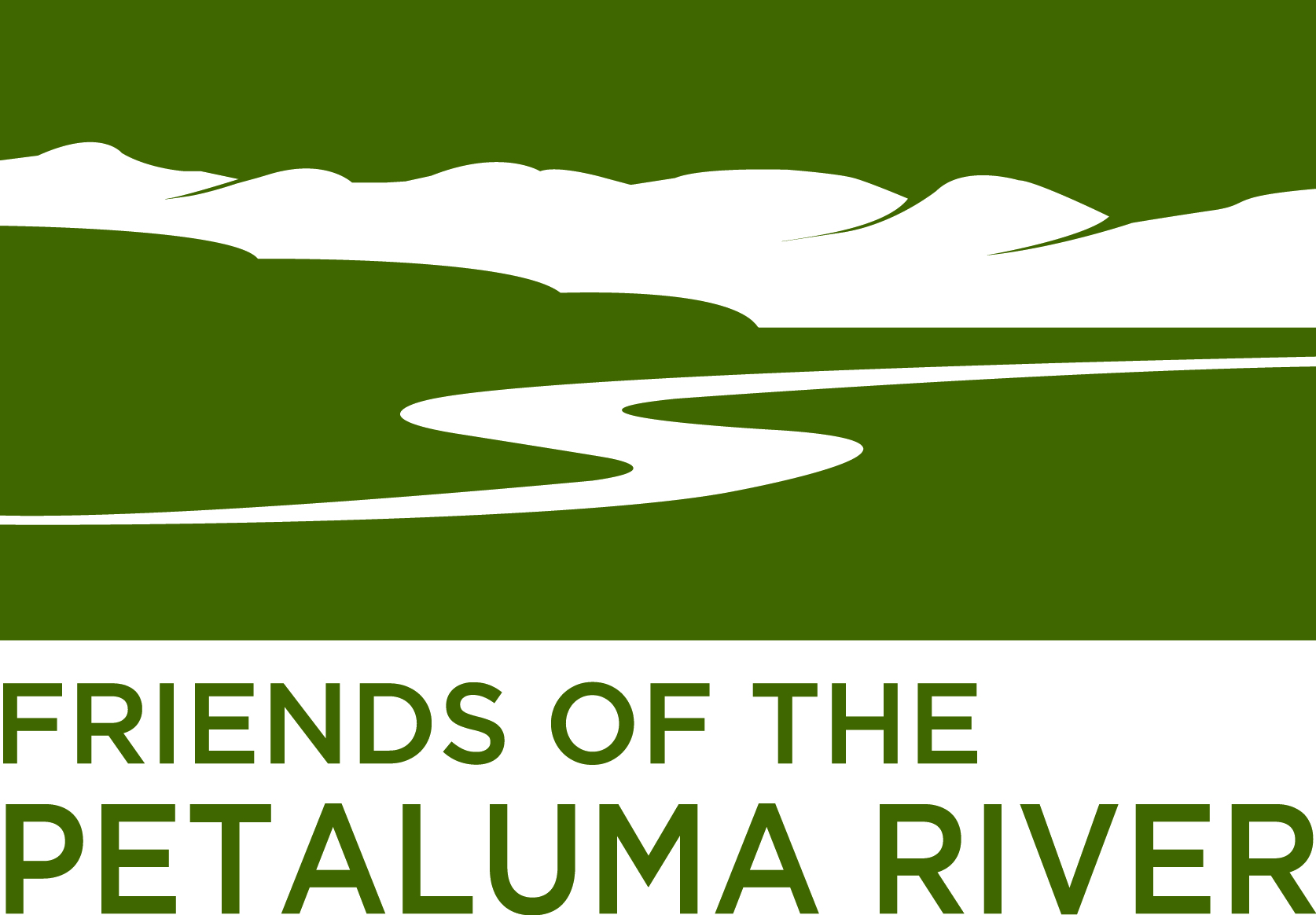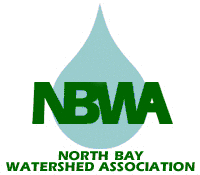A Few Favorite Environmentally Conscious Children’s Books
/After the long summer, students are all heading back to school. Reading together is a great way to promote open communication during this busy transitional time. A thoughtful selection of books can facilitate conversations about feelings, giving parents and children the opportunity to benefit from an honest, open discussion.
Books can also serve as a way to address current cultural topics and issues that children hear about, but are perhaps unsure of how discuss or understand. Currently the Amazon rainforest, often called the earth’s lungs, are burning and conversations about climate change are very prevalent. The fragility of our environment can be terrifying for adults, and for children it can be entirely overwhelming. Luckily, we have brilliant books that make environmental issues digestible for younger audiences and provide examples of positive change.
Read More